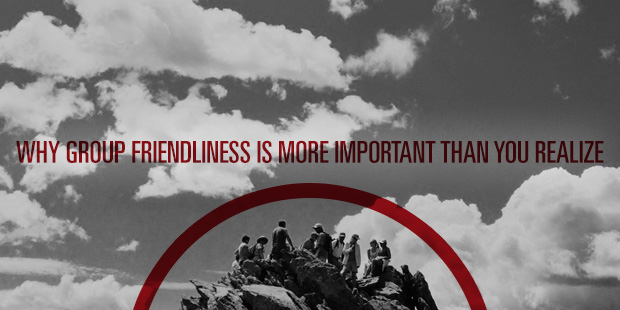
Four Reasons to Not Give Up on Small Groups
We may attract attenders through preaching, but disciples are made in small groups.
When you’re leading a campaign, like 40 Days of Prayer, or anytime in the future as you lead your congregation toward a deeper relationship with Jesus, you’ll want to explain to your members why small groups are so important to spiritual growth and why they are more than just a Bible study.
Small groups provide the kind of accountability and support we need to mature as believers, so I want to give you four reasons why they are important to your congregation.
1. Small groups are relational.
You can’t have a conversation with 600 people or 60 people, but you can have a conversation with six people. Generally, when there are more than 10 in a group, people stop talking. It is impossible to learn how to love your neighbor as yourself unless you are involved in a small group of some kind. You don’t need a lot of friends in life, but you do need a few good ones, and you find those solid, supportive friendships in small groups.
Sometimes I hear people say they don’t want their church to grow larger because, if it does, they won’t know everybody in the congregation. Based on that mindset, a church shouldn’t grow beyond about 60 people. The average person knows 67 people.
Small groups allow you to know people, regardless of how big the congregation becomes. You don’t have to know everyone in the church as long as you know somebody in the church. If you miss a weekend service, not everyone will know you weren’t there, but your small group will know. Even the largest congregations seem small when your members are in small groups.
2. Small groups are flexible.
Small groups can meet anywhere. They can meet in a library, at a coffee shop, in a park, in an office during lunch, or in a home. The Bible says, “For where two or three come together in my name, there am I with them” (Matthew 18:20 NIV).
3. Small groups are expandable.
You will run out of space and money if you try to build enough classrooms for your groups to meet at church. On the other hand, if your small groups are meeting across the community, then you will never run out of space.
We have small groups spread over 100 square miles around Saddleback Church. Don’t let buildings limit the number of small groups you can have. That’s like letting the shoe tell the foot how big it can get. Buildings are just a tool for ministry. Invest in people; they will last forever.
4. Small groups are economical.
When people meet at the church, we pay for the lights, and we pay for the janitors to clean up. But if a family hosts a small group in their home, they don’t expect the church to pay for utilities that night or to send a janitor over to clean up. In fact, they’re usually glad to take care of those things as part of their ministry to others.
Here’s another thing: You bring a guy into the church for a meeting and he might sit there like a bump on a log, but you put him in a home and give him a cup of coffee, and he may talk his head off. Why? Because you’ve put him in an environment that encourages fellowship.
Want to know how your small groups can be more effective in disciplemaking? Connect with an Auxano Navigator today!

Tags: Discipleship, Discipleship growth, Rick Warren, Small Groups




























